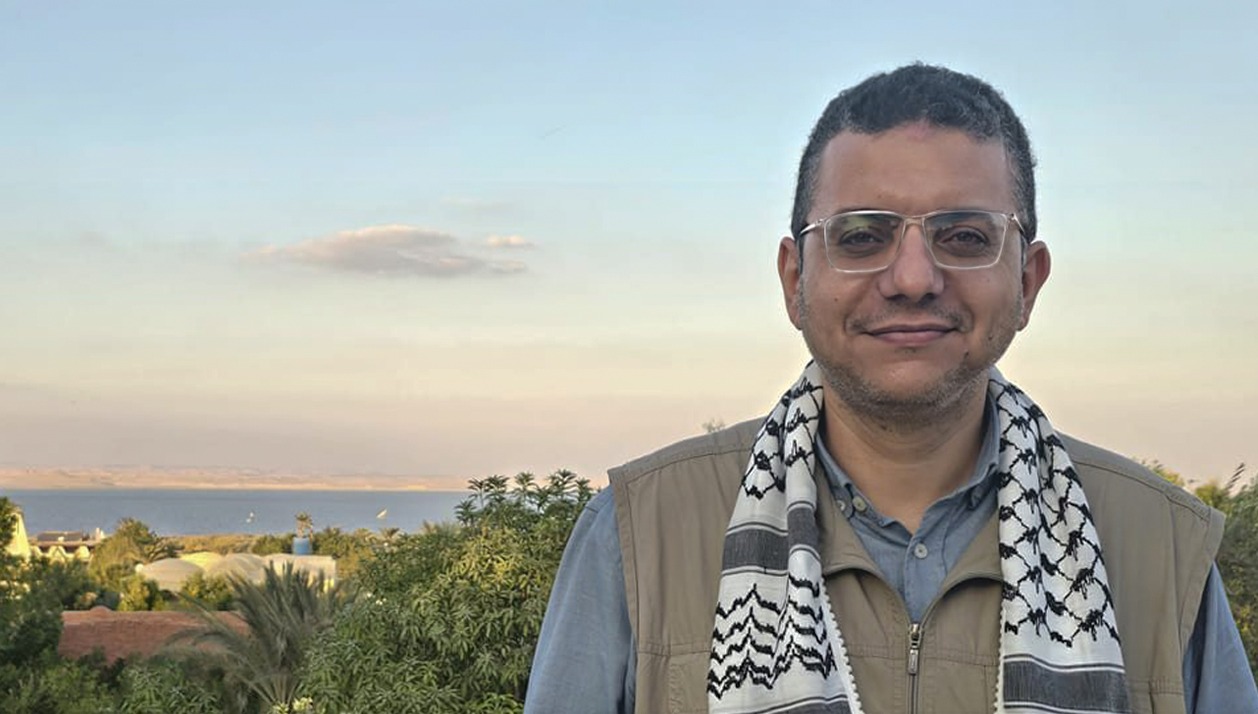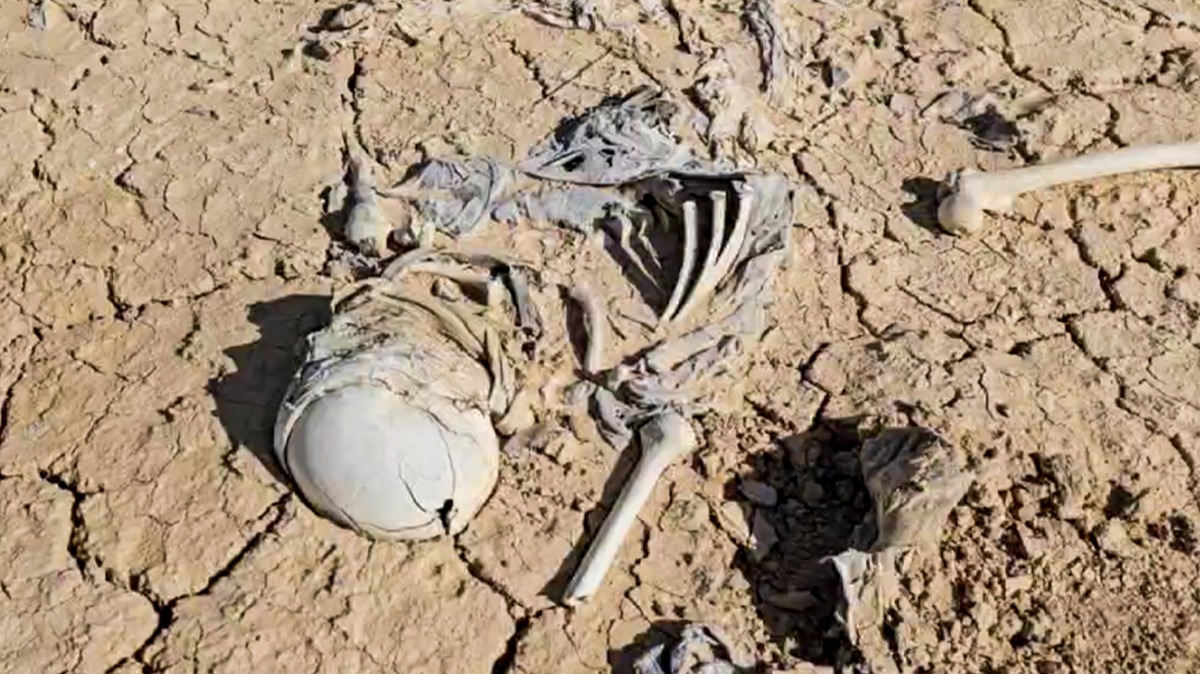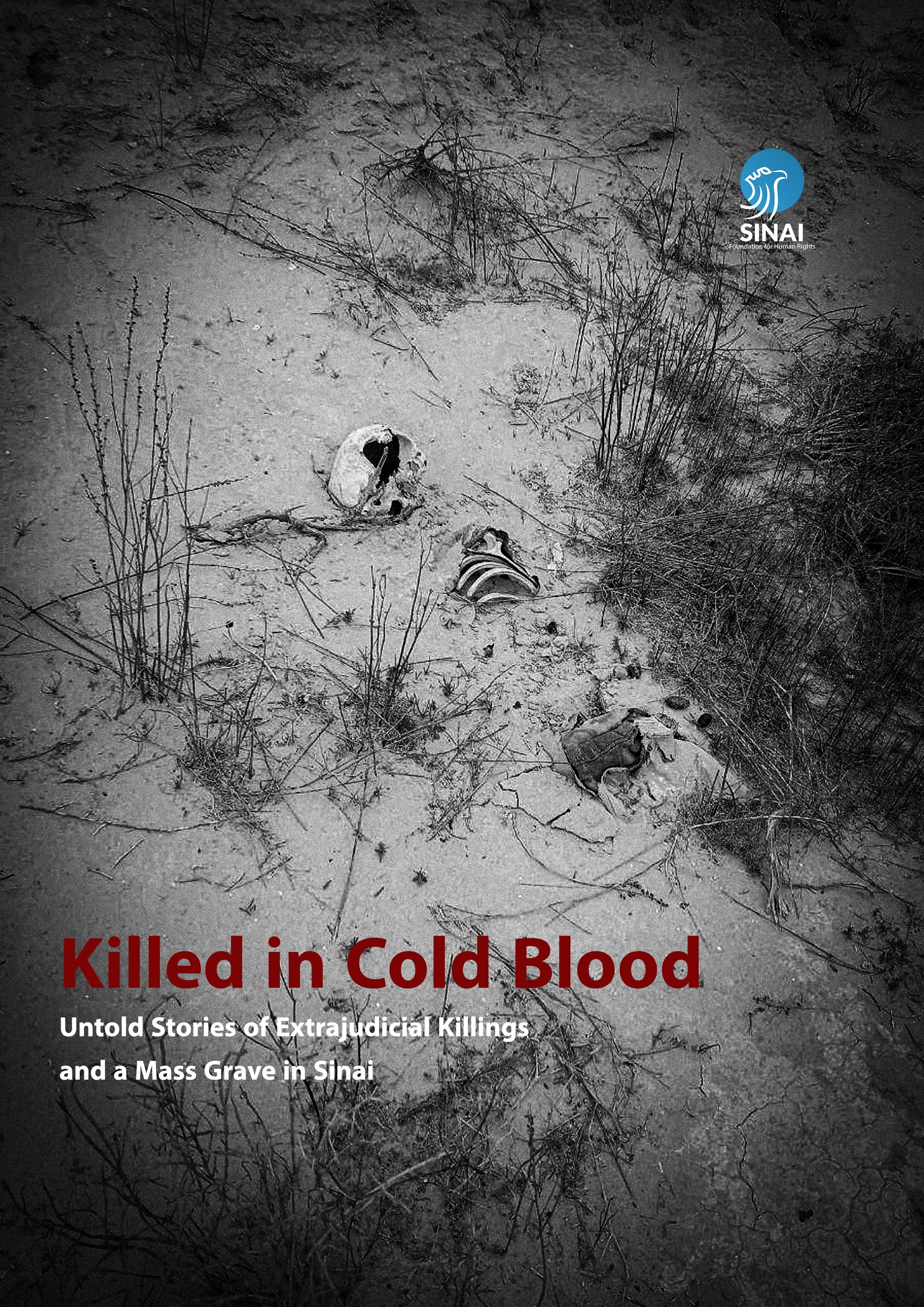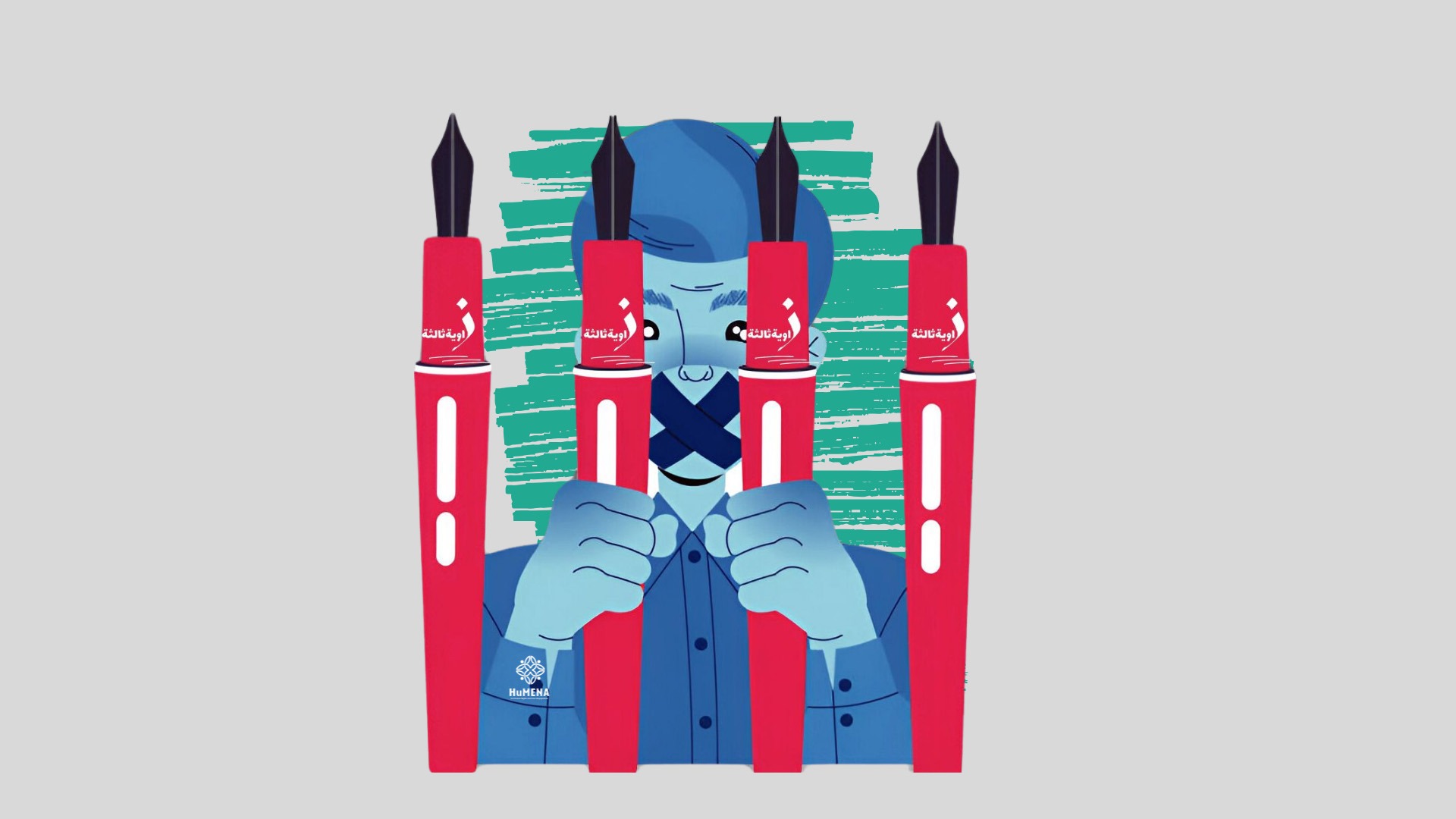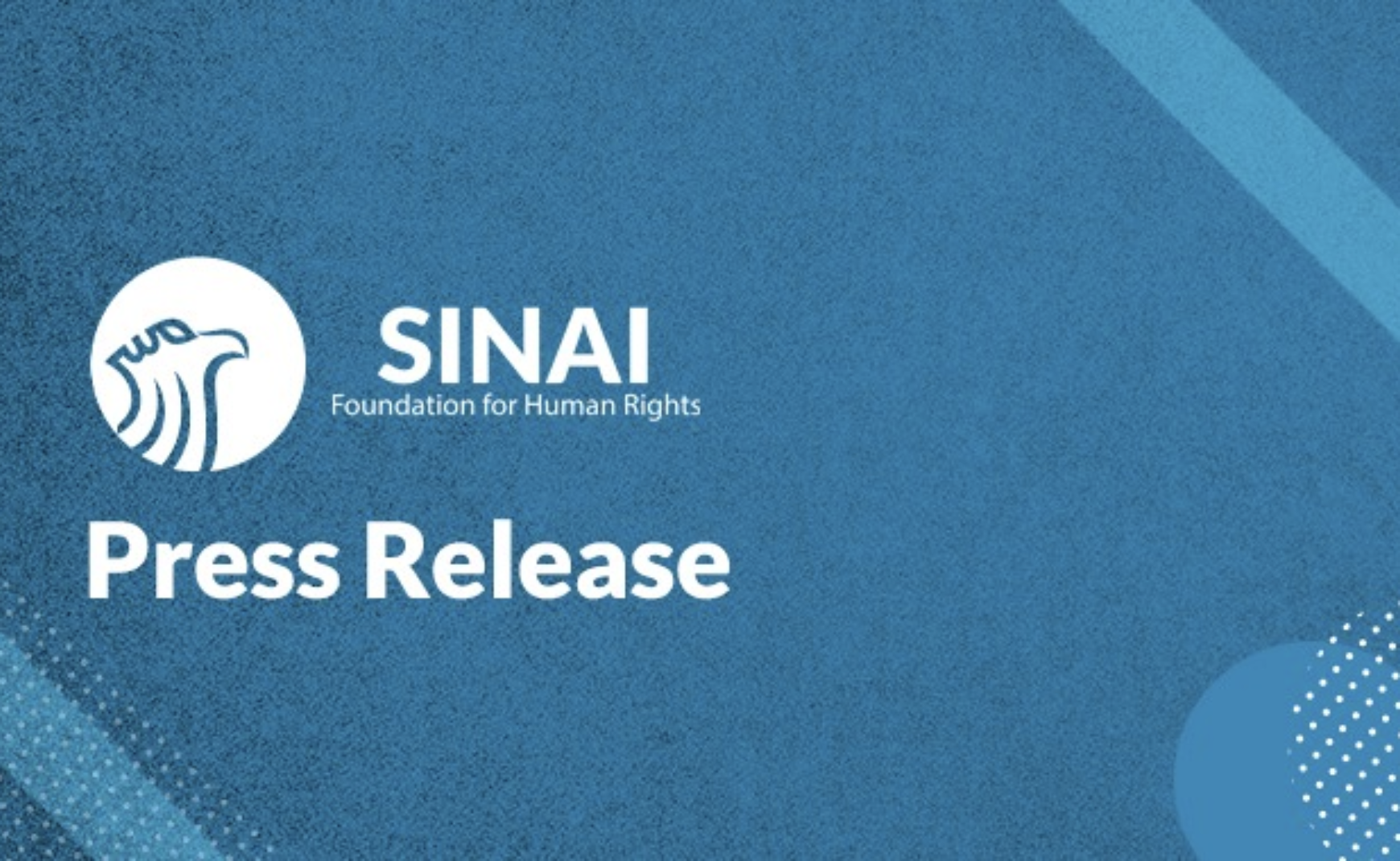
Extrajudicial Killings and a Mass Grave in North Sinai
The Sinai Foundation for Human Rights today, 22 September 2025, released a new report titled “Killed in Cold Blood”, which for the first time reveals the existence of a mass grave in North Sinai that was overseen and concealed for years by the Egyptian army. In collaboration with Forensic Architecture, the report documents that the grave contains hundreds of human remains, belonging at least partly -and most likely entirely- to civilians who were killed extrajudicially and secretly buried there.
This report is released as Israeli forces continue a systematic campaign of genocide in the Gaza Strip, using scorched-earth tactics, starvation, and the destruction of civilian infrastructure in clear violation of international humanitarian law. Taking place only a few kilometers from Sinai, this assault is accompanied by active policies of ethnic cleansing and mass forced displacement of Palestinians—policies that Egyptian human rights organizations have repeatedly warned against, calling on the Egyptian government to take urgent and concrete steps to stop them. The Sinai Foundation for Human Rights affirms that any just solution to the Palestinian cause begins with enabling Palestinians to remain on their land and exercise their inalienable right to self-determination.
The Foundation also disclosed that it had formally approached the Egyptian government, offering to withhold this report if credible guarantees were given to establish an independent fact-finding committee with civil society participation to investigate the mass grave site, but no response was ever received.
The report also documents scattered incidents of extrajudicial killings of civilians in North Sinai, carried out by Egyptian Law Enforcement Forces during the years of war with the armed group Wilayat Sinai, the local affiliate of ISIS, between 2013 and 2022.
The Sinai Foundation for Human Rights stated that this report provides further evidence of the urgent need for the United Nations Human Rights Council to establish an independent committee to investigate the grave human rights violations committed in Sinai Peninsula during that war, including extrajudicial killings. It also calls for the creation of an independent mechanism to monitor Egypt’s deteriorating human rights situation, particularly the abuses committed by the security forces and the military.
Ahmed Salem, Executive Director of the Sinai Foundation for Human Rights, said:
The evidence of a mass grave and dozens of documented extrajudicial killings in Sinai will remain an open wound that can only be healed by justice. It is a reminder that behind every victim lies a person and a family denied their right to justice. These egregious violations, amounting to war crimes, were carried out by the army and police over years in the complete absence of accountability.
The Sinai Foundation for Human Rights, in collaboration with Forensic Architecture, presents an advanced analysis of a mass grave discovered in North Sinai near the city of Arish. The analysis is based on testimonies obtained from two members of pro-army militias who admitted to transporting detainees to the grave for execution, though they denied direct involvement in the killings. The analysis includes exclusive photos, video footage, and field observations documented by the Foundation’s researchers during an on-site visit to the grave. Forensic Architecture examined and analyzed this visual material alongside satellite imagery of the area captured over several years (2005–2023), in order to trace temporal changes and identify signs of military activity such as the establishment of outposts, the presence of vehicles, tire tracks, and ground disturbances at and around the site, cross-referencing all of this with other available evidence. The FA also produced a 3D reconstruction of the mass grave, pinpointing the locations of the human remains visible in the footage collected by the Sinai Foundation for Human Rights researchers.
This mass grave is only one of two sites indicated by preliminary evidence, although the Foundation has not yet been able to verify the second site located in Central Sinai. One of the witnesses explained his motive for coming forward, referring to what he described as “the ongoing suffering of hundreds of families among my neighbors and acquaintances, who have been waiting for seven or even ten years to learn the fate of their disappeared loved ones,” stressing his conviction that they had been executed and buried in these sites.
The two witnesses also provided the Foundation with a list of specific names of individuals whom they claimed to know the approximate burial locations and dates of execution. They further confirmed, based on their experience working with security agencies during arrest campaigns, that many of those killed were not necessarily armed fighters, but rather people suspected of involvement without conclusive evidence.
One of them described these operations from his perspective:
I interrogated detainees at al-Zohour camp and Battalion 101, and I would report to the officer in charge—without hesitation—that some of them were sympathizers with ISIS, working with them, or providing services such as delivering food, medicine, or information. Anyone classified among the detainees as a ‘takfiri’ or as someone assisting them faced a known fate: execution. As for me, I tried to be mindful before speaking, because this was a matter of life and death; a single word from me could end a man’s life, and another could give it back to him.
The Foundation’s team, despite extreme difficulty due to the heavy military fortifications surrounding the site, managed to visit the mass grave and document visual evidence of human remains belonging to 36 individuals. These represent only a small portion of the total remains visible above the soil surface. However, evidence collected during the visits, including the results of shallow excavations, indicates that the site contains more than 300 bodies buried in an improper manner at this location alone.
The team found that most of the bodies had been buried very superficially, which made them reappear over time due to natural factors. It was also evident that many of the victims were killed and buried in their full civilian clothing and shoes, without shrouding or the customary traditional burial practices. Some skulls even showed blindfolds, the same appearance documented in numerous videos of extrajudicial killings in Sinai. The wide dispersal of the remains across the site suggests that the burials took place in multiple phases over time, rather than in a single incident.
The mass grave is located south of the city of Arish, in a low-lying area that was used by local residents until 2010 to extract fertile soil, which created a large pit. Satellite imagery analysis indicates an escalation of militarization in the area since 2013, and increased activity within the grave site since at least 2015, when the army established heavy fortifications around it. The army also completely blocked a side road, adjacent to the site with sand barriers, while its perimeter along the Arish–Abu Aweigila road was surrounded by several other military outposts from 2014 to 2023, connected by trenches and high sand fortifications that entirely obscured visibility of the site, until most of them were dismantled by the military after the war against ISIS was declared over.
Although natural factors exposed parts of the remains, the site’s proximity to these fortifications made it virtually impossible for civilians or passersby to detect it. Residents of nearby villages, such as al-Qurei‘a, were forcibly displaced and their homes destroyed by the army beginning in 2014 - and the army still prevents their return - clearing the area of potential witnesses. This allowed the perpetrators to use the site as a secret burial ground, hidden from civilians. The presence of scattered human remains across the site, combined with their shallow burial, further indicates a level of confidence and control over the area by those responsible for the burials.
An analytical study tracking the periodic presence of tire marks within the grave site indicates repeated visits between 2015 and 2023, particularly during the peak of military operations from 2015 to 2017. The findings are consistent with the use of military and army-affiliated vehicles documented in extrajudicial killings, such as Humvees.
The report “Killed in Cold Blood” builds on years of monitoring and documentation research conducted by the Sinai Foundation for Human Rights throughout the war, beginning with the escalation of military operations in North Sinai in 2013 against the group Ansar Bayt al-Maqdis—which later pledged allegiance to ISIS—through to 2022. In previous reports, the Foundation documented numerous incidents of extrajudicial killings that the authorities later falsely claimed were “armed clashes.” It also issued conclusive reports on mass arbitrary arrest campaigns and the policy of enforced disappearance, in which survivors described in detail the terror and torture they endured inside army and police facilities. Others recounted how detainees—including children and those likely to have been children—were executed extrajudicially, without trial, by army forces and by “mandoub” collaborators or pro-army militias.
International human rights organizations, including Human Rights Watch and Amnesty International, have also documented the same pattern of extrajudicial killings carried out by the army and police against other detainees in North Sinai, which the authorities later claimed were “armed clashes.”
The report reveals four previously unpublished incidents of extrajudicial killings. In three of the incidents, at least seven men and three children were killed, while the fourth is believed to have resulted in the killing of 18 men. The Foundation documented these cases through direct interviews with 14 residents and eyewitnesses, as well as analysis of exclusive video footage and photographs.
The report also includes detailed testimonies from the families of two victims of a fifth incident, previously documented by human rights groups and media outlets. The case involved the killing of between six and ten men in the city of Arish in 2017, and is presented as an example of the shock and suffering these grave abuses inflict on local communities. This incident marked a pivotal moment in exposing extrajudicial killings in North Sinai. It sparked rare public protests at the time, alongside statements from members of the official National Council for Human Rights confirming that the young men had been in detention. Public demands then focused on accountability and the release of detainees, but the authorities missed that opportunity for reform and continued committing serious abuses in the same manner. The scope of extrajudicial executions expanded to the point that they became widely known among the families of detainees, particularly the forcibly disappeared.
The Sinai Foundation researchers created a database based on the review and analysis of statements by the Egyptian military spokesperson between 2013 and 2022, which reported the killing of 5,053 people described by the authorities as “terrorists,” and the arrest of 14,837 other suspects. However, these figures contradict estimates by leading research centers of Wilayat Sinai’s fighters, which ranged between 1,000 and 1,500 until mid-2018. The authorities have never acknowledged extrajudicial killings, continuing to claim that victims were killed in “armed clashes,” even when clear evidence was available, thereby missing the opportunity to change course through transparent investigations and independent trials.
Extrajudicial killings and executions without trial constitute grave violations of international human rights law and may amount to crimes against humanity if carried out systematically or on a large scale as state policy. They also qualify as war crimes if committed in the context of armed conflict under the Geneva Conventions. The right to life is a fundamental, non-derogable right, even in times of conflict or emergency, and is protected under the international and regional treaties to which Egypt is a party, including the International Covenant on Civil and Political Rights, the African Charter on Human and Peoples’ Rights, the Arab Charter on Human Rights, and the Convention against Torture.
The Principles on the Effective Prevention and Investigation of Extra-legal, Arbitrary and Summary Executions affirm that such executions “may not be carried out under any circumstances.” According to the Principles, “Governments shall prohibit orders from superior officers or public authorities authorizing, or inciting others to carry out, any kind of extra-legal, arbitrary or summary executions. Everyone has the right and the duty to refuse to obey such orders.”
In 2016, the Office of the United Nations High Commissioner for Human Rights issued an updated version of “the Manual on the Prevention and Investigation of Extra-legal, Arbitrary and Summary Executions”, widely known as the Minnesota Protocol, which was first adopted in 1991. The principles also apply in “situations of internal disturbances and tensions.” The manual provides detailed practical and judicial guidelines that governments must apply when investigating any “potentially unlawful death.” According to the Protocol, a state’s duty to investigate arises not only in cases of clearly unlawful deaths, but also whenever there are “reasonable allegations of a potentially unlawful death.” This duty applies even if the authorities have not received a formal complaint. Among its core principles, the Protocol affirms that families of victims have “the right to seek and obtain information on the causes of a death and to know the truth about the circumstances, events and causes that led to it.” The Protocol also establishes that the right to truth extends to society as a whole.
Based on the foregoing, the Sinai Foundation for Human Rights concludes that the violations documented in this report constitute war crimes, as they occurred in the context of a non-international armed conflict and targeted individuals hors de combat in an unlawful manner. The Foundation stresses the urgent need for an independent international investigation, which should also examine whether these violations amount to crimes against humanity, given that they may form part of a systematic pattern or official state policy, and in light of evidence presented in this report and in previous reports, alongside findings from international organizations such as Amnesty International and Human Rights Watch.
Egypt should release all detainees held without evidence, reveal the fate of the forcibly disappeared, and shut down all unofficial detention sites. Supporting states should suspend arms transfers and security assistance to Egypt’s army and police until abuses end and accountability is ensured.
Salem said:
The crimes committed against the people of Sinai during the years of war cannot serve as a foundation for justice, security, or sustainable social peace. Only truth and justice can provide that. Thousands of families who endured abuse and suffering are still seeking truth and justice, no matter how much time passes or how secure some may feel from accountability.
Tags
Recent Posts
Most viewed
Related Postes
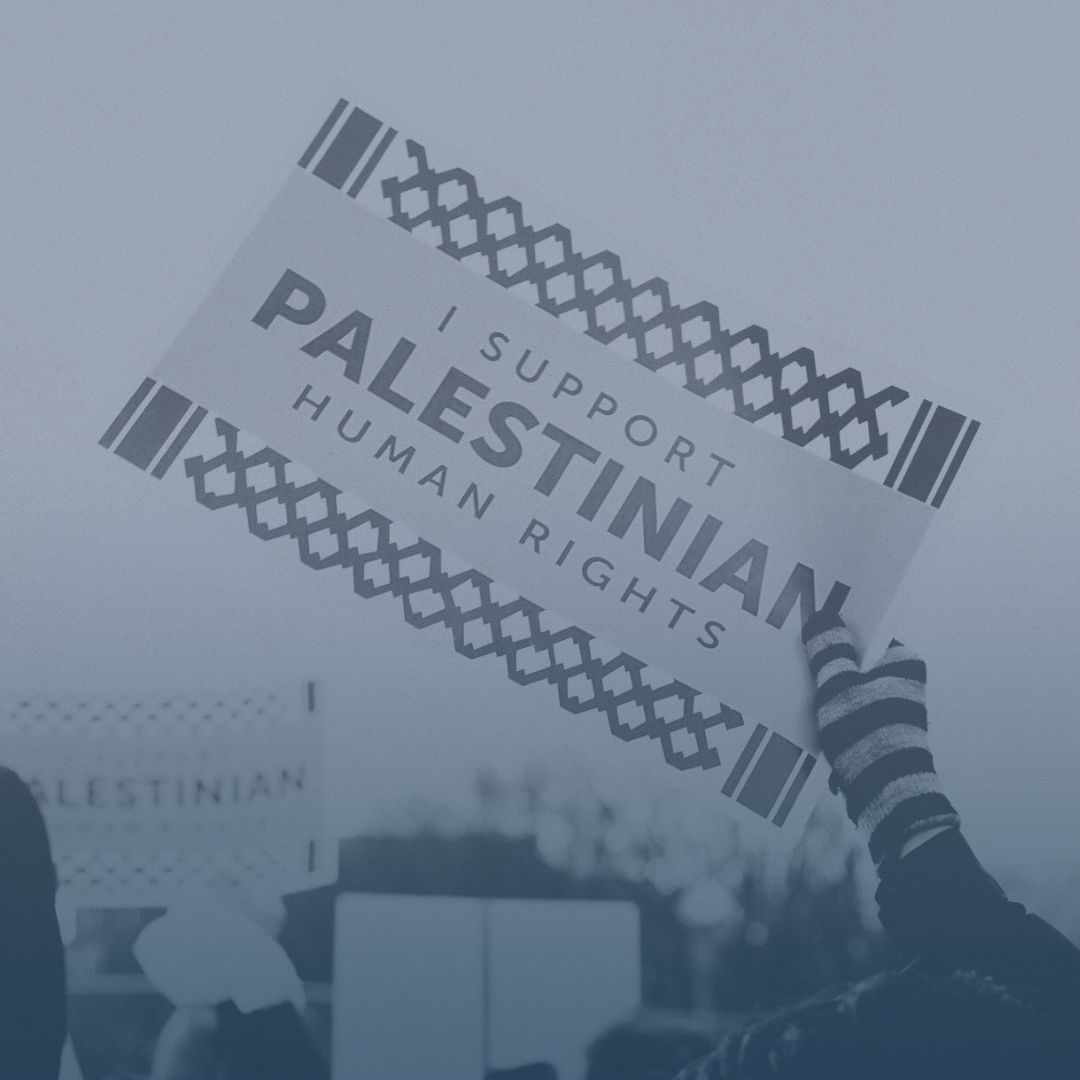 English content
English content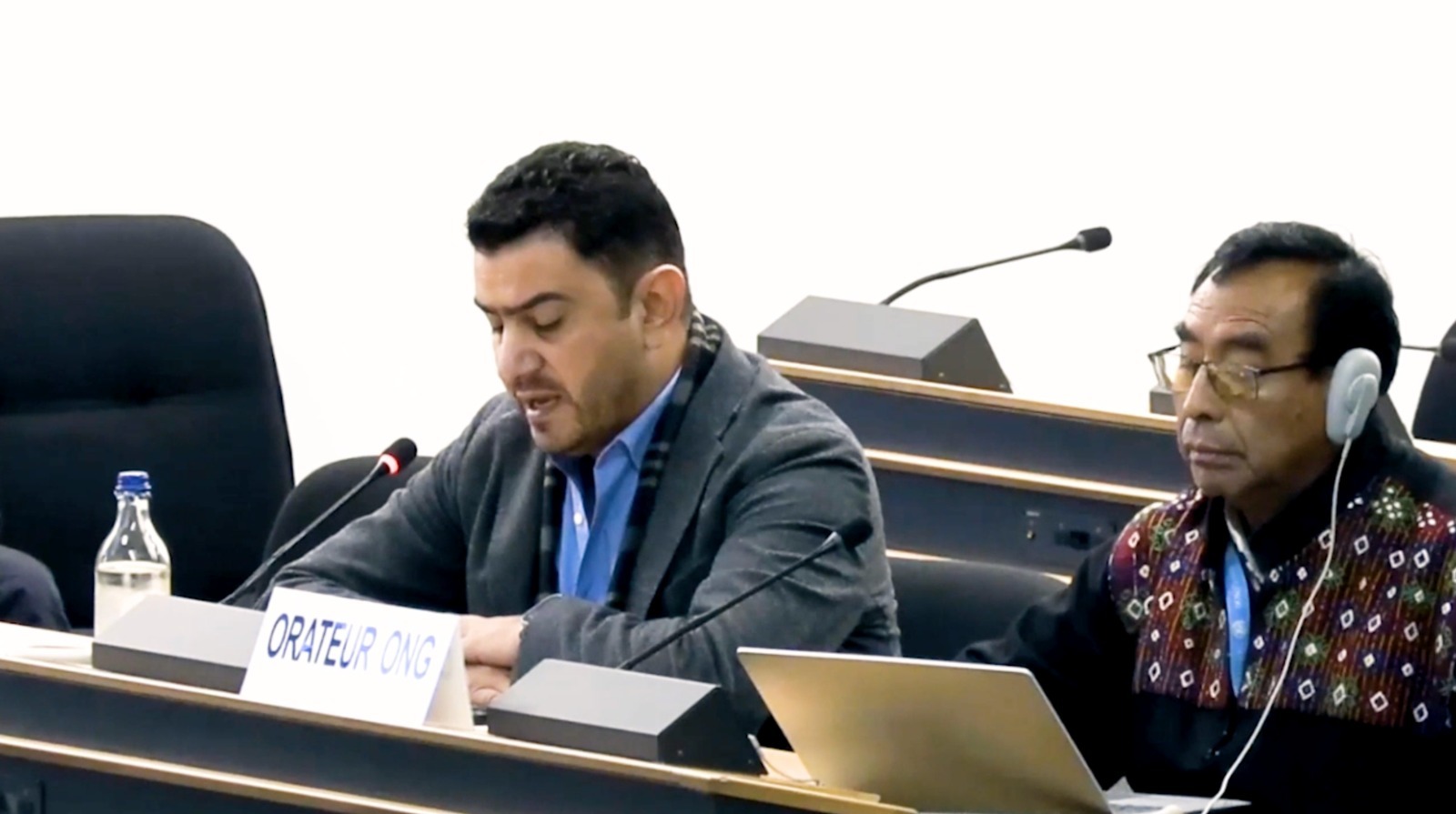 English content
English content

